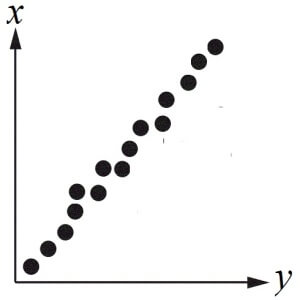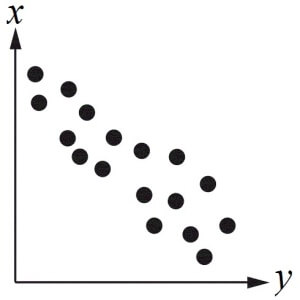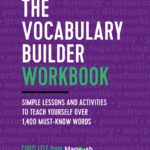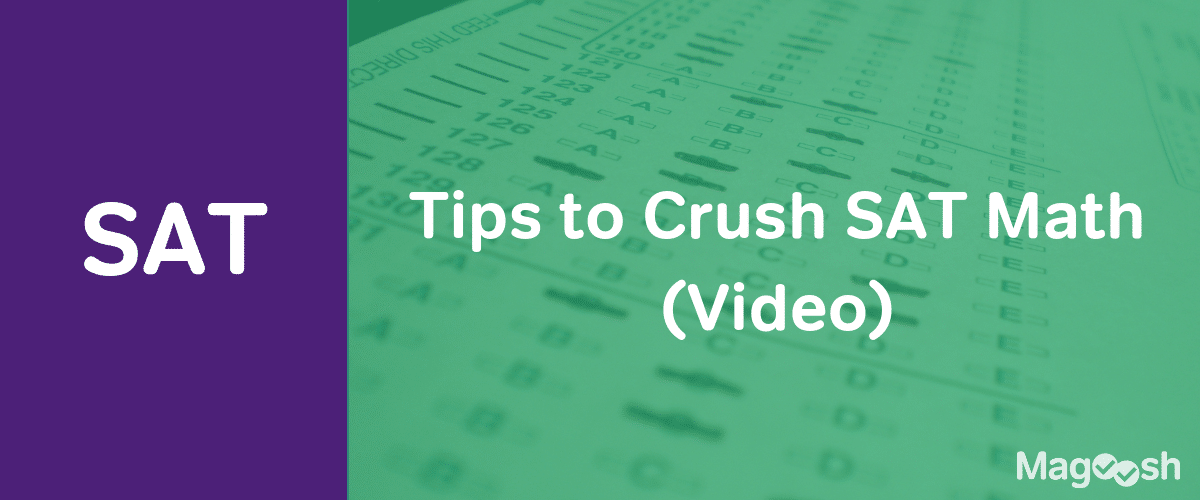So far, we’ve covered multiple choice strategies in SAT Reading and Writing. Today, we’re going to look at strategies for choosing the correct answers in SAT Math.
Although the SAT Math section contains some “grid-in” questions where test-takers calculate the answer themselves, the majority of SAT Math questions are multiple choice. Like the rest of the SAT, selecting the correct multiple-choice comes down to three strategic skills: properly interpreting the information presented, understanding key vocabulary words, and following the correct processes and logic behind each question.
On SAT Math, comprehension of information and vocabulary go hand-hand-in-hand when it comes to multiple choice strategy. In fact, data interpretation and vocabulary use are so closely related that you can often use them together on the same problem. Let’s look at one example SAT Math question below:
Which of the following graphs best shows a weak positive association between x and y?
(A)

(B)

(C)

(D)

The correct answer choice above is (D). In order to know that, you need to know the meaning of the vocabulary phrase weak positive association. In this math context an “association” is a relationship between two variables in terms of how they intersect with each other at different points on a graph.
“Positive” refers to an association where when one variable increases the other also does, so that the intersecting points between the variables move upward on a xy plane. “Weak” means that there are a number of coordinates that don’t follow the upward pattern very closely, so that the scatterplot will resemble a broad cluster of points going upward on the axes, not a thin, straight upward line between x and y.
Knowing the meaning of weak positive association can help you get to (D) as the correct answer. However, it takes more than just vocabulary knowledge to answer a question like this correctly on the SAT. You also need real fluency in reading information, so that you can identify what you’re looking at quickly with little risk of mistake. This means you must be proficient at reading tables, charts, graphs, and, in the case of this style of SAT math problem, scatterplots.
For this particular problem, you must be very good at visually differentiating between strong positive (A), weak negative (B), no correlation (C), and weak positive (D). If you’re not able to read scatterplots quickly and accurately, you could still miss the correct answer even if you understood the vocabulary.
By knowing the relevant vocabulary and understanding the data given in a problem, you can always eliminate the answers that aren’t reflected in the data or don’t match the meaning of the key words. Vocabulary and data skills are especially important in the section of SAT Math that allows you to use a calculator. Very often, Math-Calculator section problems will trick you into focusing on the calculation process when in fact the problem can be solved much more quickly with simple comprehension strategies.
Ultimately, a strategic focus on information and math vocabulary can serve you well in both math sections on the new SAT. Understanding the processes and logic behind math is also quite important across the two New SAT math sections. In my next post on multiple choice strategy, we’ll look at multiple choice strategies that rely on math processes and mathematical logic.






Leave a Reply